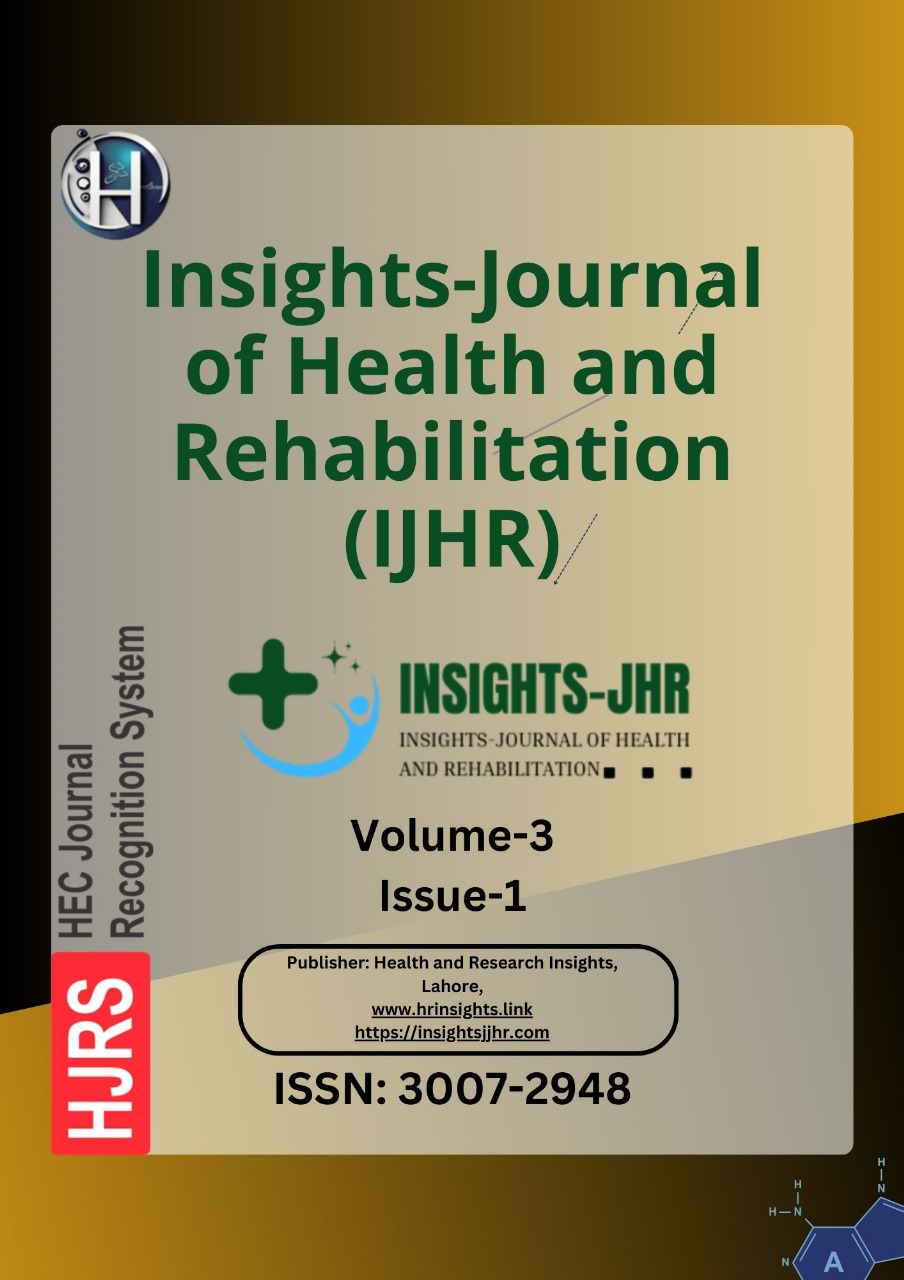FREQUENCY OF BACTERIAL VAGINOSIS IN PREGNANT WOMEN COMING TO A TERTIARY CARE HOSPITAL
DOI:
https://doi.org/10.71000/a77pef16Keywords:
Bacterial vaginosis, gestational age, maternal health, pregnancy, prevalence, reproductive health, vaginal infectionAbstract
Background: Bacterial vaginosis is the most common vaginal infection in women of reproductive age, contributing significantly to vaginal discharge and malodor. It is associated with adverse obstetric and gynecologic outcomes, including preterm labor, premature rupture of membranes, spontaneous abortion, chorioamnionitis, postpartum endometritis, and increased susceptibility to sexually transmitted infections. The reported prevalence of bacterial vaginosis varies widely across populations, necessitating further epidemiological assessment in different settings to guide clinical management and preventive strategies.
Objective: To determine the frequency of bacterial vaginosis in pregnant women presenting to a tertiary care hospital.
Methods: This descriptive cross-sectional study was conducted in the Obstetrics and Gynaecology Department of Sheikh Zayed Hospital, Lahore, over six months following ethical approval. A total of 270 pregnant women aged 18-40 years, irrespective of gestational age and parity, were recruited using a non-probability consecutive sampling technique. Patients with a prior history of bacterial vaginosis or recent antibiotic use were excluded. Diagnosis was based on Amsel’s criteria, and data were recorded on a structured proforma. Statistical analysis was performed using SPSS version 16.
Results: Among 270 pregnant women, 70.37% (n=190) were aged 18-30 years, while 29.63% (n=80) were 31-40 years, with a mean age of 27.37 ± 4.92 years. The mean gestational age was 38.10 ± 1.48 weeks, with 15.93% (n=43) of women having gestation <37 weeks and 84.07% (n=227) ≥37 weeks. Bacterial vaginosis was identified in 15.56% (n=42) of cases, while 84.44% (n=228) tested negative. Stratification showed higher prevalence in rural residents (19.72%) compared to urban (10.57%) (p=0.03) and among those with gestation <37 weeks (32.56%) compared to ≥37 weeks (12.39%) (p=0.0008).
Conclusion: Bacterial vaginosis was observed in a considerable proportion of pregnant women, though the frequency was lower than reported in some previous local studies. Given its implications for maternal and neonatal health, further research is warranted to validate these findings and optimize screening and management strategies.
Downloads
Published
Issue
Section
License
Copyright (c) 2025 Farhana Shabnam , Asma Irshad Gulab , Ayesha Hameed , Ammara Ishtiaq, Saba Ajmal , Muhammad Nauman Saleem (Author)

This work is licensed under a Creative Commons Attribution-NonCommercial-NoDerivatives 4.0 International License.







